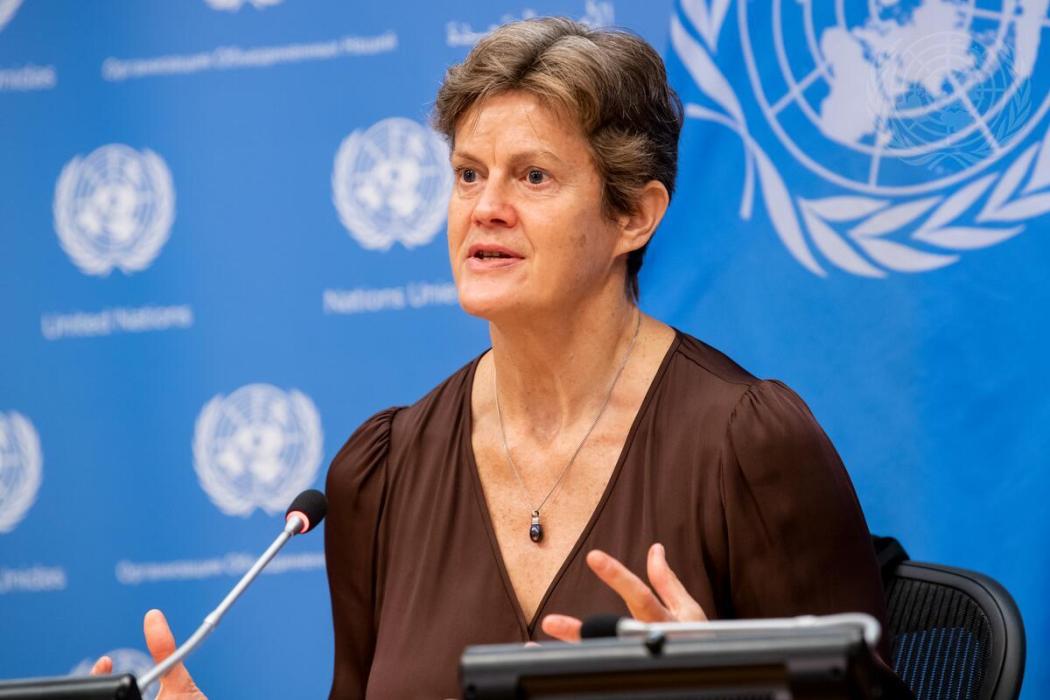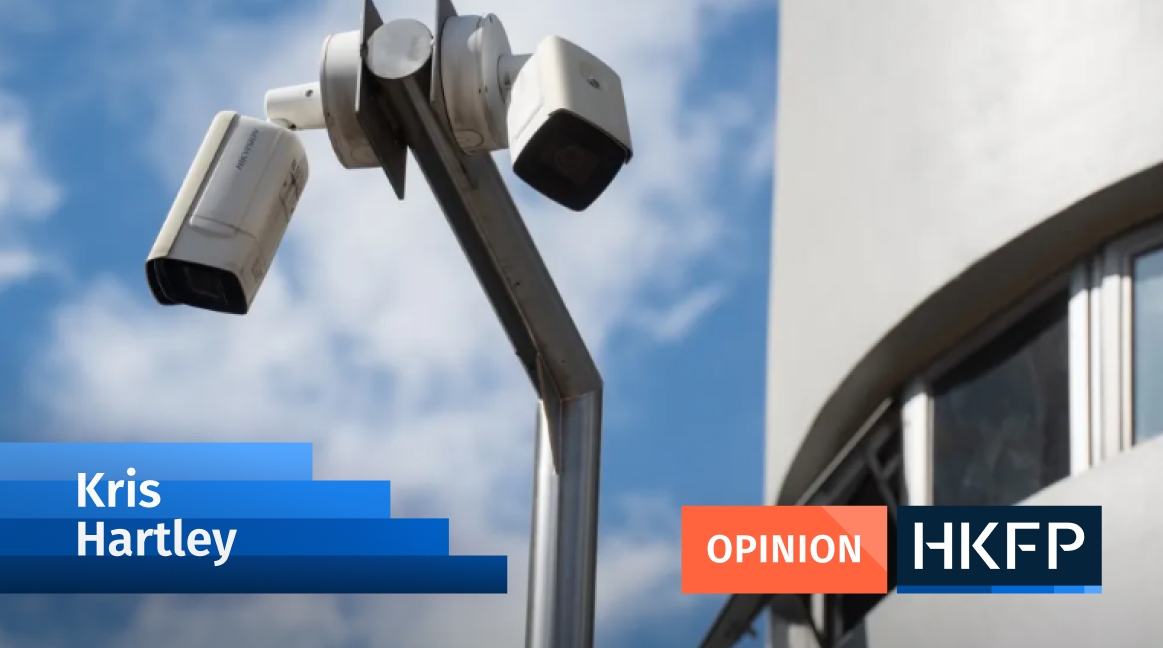By Lawrence Iu & J Robert Gibson
Could there be a greater contrast between the downbeat atmosphere and near-tears when conference president Alok Sharma quietly tapped the gavel to signal acceptance of the Glasgow Climate Pact, and the joy when the gavel came down to approve the 2015 Paris Agreement?

Scientists have long argued that the global temperature rise must be kept well below 1.5°C by mid-century to avoid the potentially catastrophic impacts of climate change, including extreme heat and storm surges. They have urged countries to commit to an interim target of reducing emissions by 50 per cent by 2030.
Glasgow, and the process leading up to it, failed to secure a commitment to the phasing-out of coal. It also failed to arrange the funding agreed in Copenhagen (2009) for low-income countries. It leaves humanity on a pathway to significantly exceed 1.5°C, with the near-certainty of triggering the disastrous release of methane from thawing permafrost in the Arctic and the near-certainty of rapid sea-level rise from the melting West Antarctic ice-cap.
Temperatures in countries near the Equator will make it difficult to live without air-conditioning, and this air-conditioning in turn will further cook the planet. Food production will be reduced as river deltas, such as the Mekong, are covered by rising sea levels. There will be millions of refugees.
India, which contributed to watering down the pledge on coal from “phase out” to “phase down,” will suffer some of the worst consequences of global warming.
Weakening the language on the phase-out of fossil fuels, especially coal, is not in line with the 1.5 degree rise which scientists say we must not exceed to stay within our planetary boundaries. A challenge with the new language is that the United Nations Framework Convention on Climate Change mechanism has no methodology as to how countries can measure the phase-down.
So it is important to recognised that COP26 failed to put us on a safe pathway.

That said, it made progress in many areas. It reaffirmed the importance of collective and inclusive global action to address the climate crisis and recognised the important role played by civil society, indigenous peoples, local communities, youth and other stakeholders. Key highlights from the outcome document include:
- Phasing down the use of coal and phasing out fossil fuel subsidies.
- Agreeing the Paris rulebook, included the Article 6 mechanisms for international carbon markets to support global cooperation on emission reductions.
- Agreeing to revisiting 2030 Nationally Determined Contribution at COP27 in Egypt next year. Also to revisit the 2035 targets in the COP in 2025.
- Supporting the creation of global standards for companies to report on how they will align with net zero.
- Endeavouring to increase support for developing country parties beyond the US$100 billion promised to support the goals of the Paris Agreement.
- Doubling funding for adaptation by 2025 to at least US$40 billion
- Deploying new technical assistance on loss and damage to help vulnerable countries, establishing a dialogue on loss and damage funding.
- Reaffirming the need for support towards a just transition.

But, to repeat, COP26 failed to put us on a safe pathway. The pressure is now on for all countries greatly to strengthen their Nationally Determined Contributions and for higher-income countries to raise their funding for low-income countries next year.
Further, the failure to secure sufficient global agreement justifies countries working for net zero to take stronger action. This includes Europe introducing its proposed Carbon Border Adjustment Mechanism to aid its transition to net zero. It may also include directing funding for low-income countries to those which are more willing to aim for net-zero by 2050.
And away from the negotiations there is good news. There is a great improvement in the capabilities of Earth Observation satellites to continuously report on emissions and sinks of the three main greenhouse gases (carbon dioxide, methane and nitrous oxide). With additional satellites, by 2025 they will be providing this information at a two-kilometre-square grid for carbon dioxide and methane for the whole Earth. It will be clear which countries are cooking the planet.

Before COP27 the Hong Kong government should adopt a 2030 emissions reduction target and accelerate implementation of its 2050 Climate Action Plan. In particular:
- Commit to actions which rapidly decarbonise electricity supply.
- Get serious about making buildings more energy-efficient. For all such campaigns in the last 10 years there was a 21.4 percent increase in energy consumption in Hong Kong’s commercial and residential buildings between 2005 and 2019. How, given Hong Kong’s continued growth will this increase be changed to the 15-20 per cent decrease by 2035 committed to in the 2050 Climate Action Plan? A new level of transparency, rigour and urgency is needed.
- Action is also needed to curb Hong Kong’s ever- increasing number of private cars. These not only use more resources than public transport, they also cause congestion which wastes untold amounts of time.
- Hong Kong also must do its share in helping its lower-income neighbours decarbonise. The government should allocate funding to mechanisms which enable Hong Kong’s finance centre to make a much more substantial contribution to this task.
- And all these actions must be tailored to ensure a just transition to help those whose lives are disrupted by the changes.
In addition, Hong Kong must revise its adaptation plans to take account of the substantial, long-term sea-level rise which is now likely.
There is much to do. Urgent action is needed.
Support HKFP | Policies & Ethics | Error/typo? | Contact Us | Newsletter | Transparency & Annual Report | Apps
| HKFP is an impartial platform & does not necessarily share the views of opinion writers or advertisers. HKFP presents a diversity of views & regularly invites figures across the political spectrum to write for us. Press freedom is guaranteed under the Basic Law, security law, Bill of Rights and Chinese constitution. Opinion pieces aim to point out errors or defects in the government, law or policies, or aim to suggest ideas or alterations via legal means without an intention of hatred, discontent or hostility against the authorities or other communities. |
Help safeguard press freedom & keep HKFP free for all readers by supporting our team

More HKFP OPINION:
HKFP has an impartial stance, transparent funding, and balanced coverage guided by an Ethics Code and Corrections Policy.
Support press freedom & help us surpass 1,000 monthly Patrons: 100% independent, governed by an ethics code & not-for-profit.










